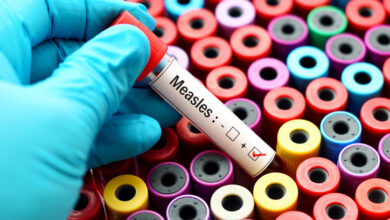Health
Air Pollution Cuts Average Global Lifespan By Around 1.8 Years- Researchers
In countries like India and China, where air pollution is particularly bad, the figure increases to six years

Nobody can survive without breathing, but, what if the air itself is slowly killing us. The polluted air that we breathe is filled with tiny airborne particles called PM2.5, small enough to enter our lungs and bloodstream. The PM2.5 particles, once inhaled, leads to a number of health problems including respiratory and cardiovascular issues, cancer, and even death.
A new Air Quality Life Index (AQLI) analysis by the Energy Policy Institute at the University of Chicago has found long-term exposure to polluted air cuts the average global lifespan by around 1.8 years. In countries like India and China, where air pollution is particularly bad, the figure increases to six years. The index has found that people in some parts of India like Delhi could live 11 years less due to high levels of air pollution.
The report published alongside the index claims air pollution is even more devastating than communicable diseases like tuberculosis and HIV/AIDS, and behavioral killers like cigarette smoking, and even war.
To compute the Air Quality Life Index, which monitors air quality and then assesses how it could impact life expectancy, researchers gathered satellite data to map global particle concentrations between 1998 and 2016.
“Around the world today, people are breathing air that represents a serious risk to their health,” said report author Michael Greenstone in a statement. “But the way this risk is communicated is very often opaque and confusing, translating air pollution concentrations into colors, like red, brown, orange, and green. What those colors mean for people’s wellbeing has always been unclear.”
The researchers have also launched a website that tells users how many years of life air pollution could cost them according to which region of a country they live in.






